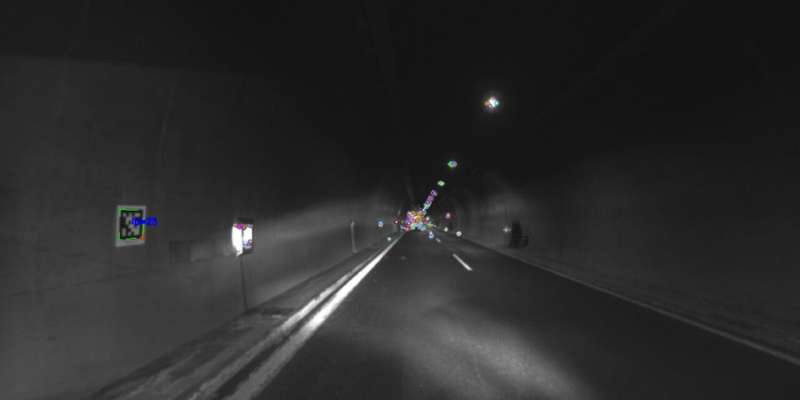Autonomous aerial and ground-based robots to protect critical infrastructure

Stringent security requirements mean that the inspection and maintenance of infrastructure such as tunnels, oil refineries and bridges are becoming expensive and time-consuming.
However, with the help of robots and digital systems based on tools such as sensors and artificial intelligence, tasks can be carried out more efficiently and at lower cost. The project called “Piloting” has developed ten drones and ground-based robots that have now been tested under real operational conditions. SINTEF is the project’s Norwegian partner.
“The aim of the project is to reduce inspection times by 80% compared with traditional methods,” says Henrik Lundkvist, who is a Senior Research Scientist and Project Manager for SINTEF’s contribution to the Piloting project. “A further objective in using robot technologies is to reduce inspection costs by at least 25%,” he says.
Tested in Greece
Initial tests have recently been carried out in Greece of an entirely new system that may bring an end to the extended shutdown of infrastructure such as tunnels.
Researchers have developed a ground-based robot vehicle installed with an inspection camera and Lidar technology that will be used to take images and carry out 3D measurements of infrastructure that is otherwise difficult to access. The vehicle is also equipped with a drone that can take detailed images if necessary.
Tests are now being conducted on algorithms that enable the automatic detection of structural defects. These algorithms are enabled by data collected during inspections and shall also be used for infrastructure monitoring over extended periods. In this way, the system can contribute towards predicting maintenance times.
“SINTEF is working to develop a sensor-based system to enable ground-based vehicles to navigate in tunnels and other infrastructure where there is no access to satellite-based navigation aids,” explains Lundkvist. Such a system enables the robot vehicle to identify the precise location of any damage in a tunnel and makes it easy to monitor the development of damage over time and locate such areas again during subsequent inspections,” he says.
Searching for others who need help with inspections
“We want to get in touch with more infrastructure owners and other companies who are working in the fields of inspections, maintenance and autonomous vehicles,” says Lundkvist.
“We will be happy to demonstrate the system we have developed and offer opportunities for testing. This will enable other actors to assess how the system can be further developed and adapted to the specific challenges that we encounter in Norway.”
Citation:
Autonomous aerial and ground-based robots to protect critical infrastructure (2022, December 14)
retrieved 14 December 2022
from https://techxplore.com/news/2022-12-autonomous-aerial-ground-based-robots-critical.html
This document is subject to copyright. Apart from any fair dealing for the purpose of private study or research, no
part may be reproduced without the written permission. The content is provided for information purposes only.
For all the latest Technology News Click Here
For the latest news and updates, follow us on Google News.
